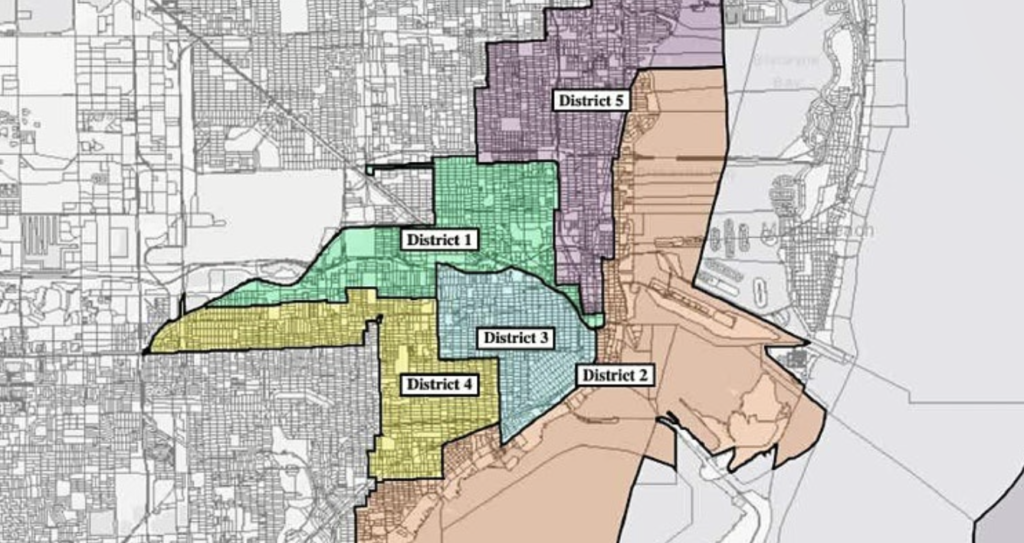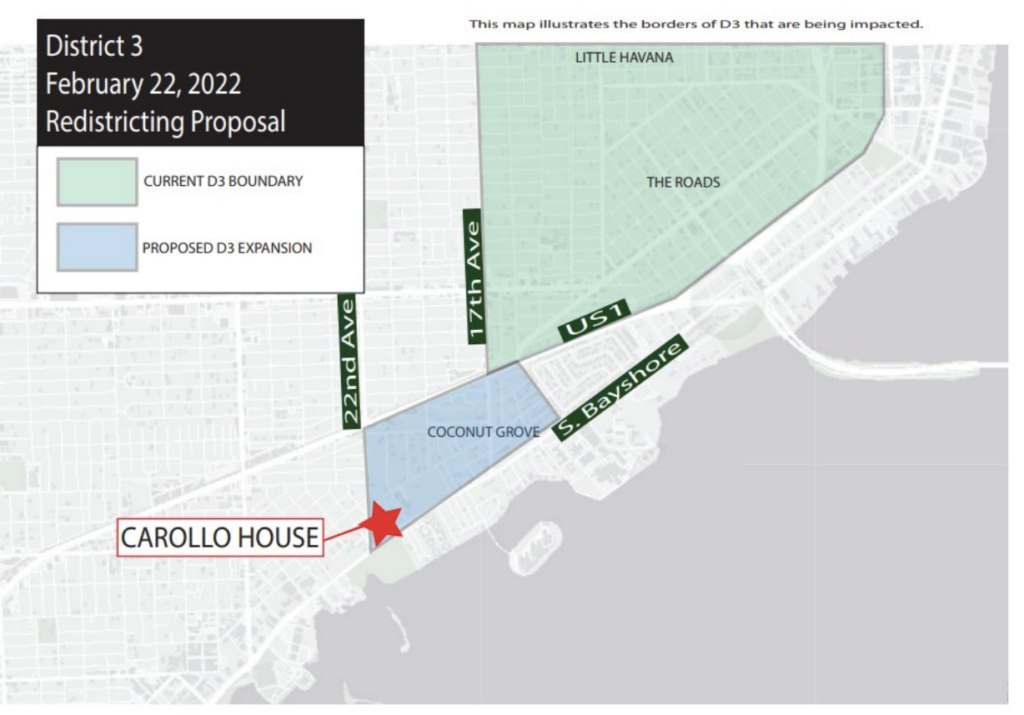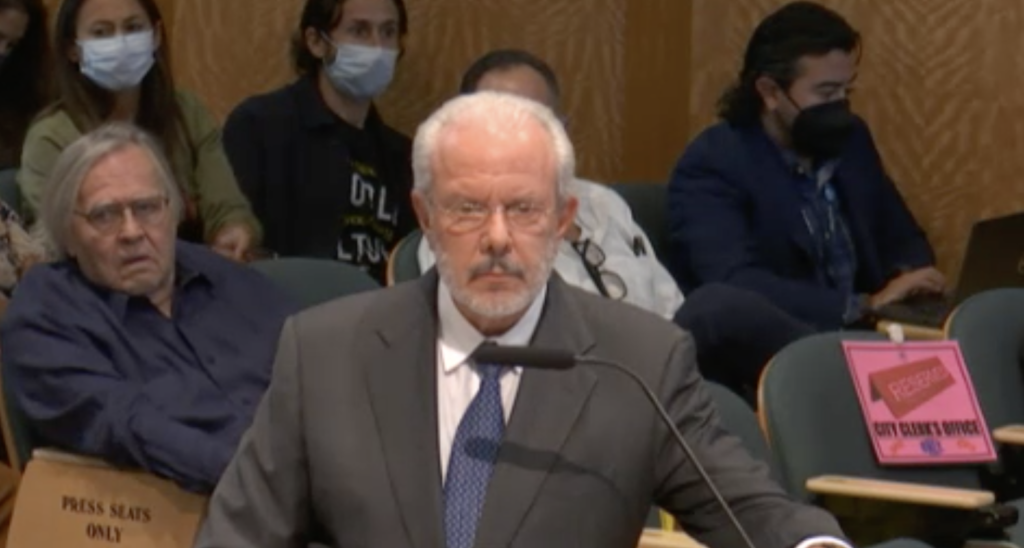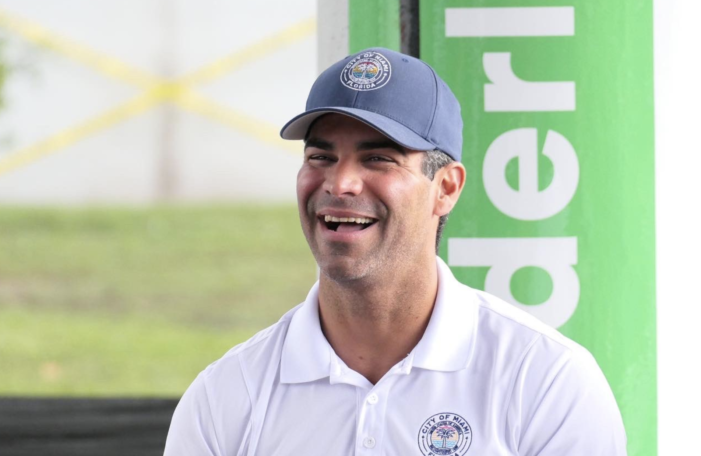Miami Mayor Francis Suarez, who was absent throughout the entire controversial redistricting process in the city, has decided he will not veto the politically self-serving and gerrymandered new map passed by the commission that divides Coconut Grove in three.
A statement issued by his spokeswoman, Soledad Cerdo, made it seem as if he didn’t veto it because he felt it would have been overturned.
“After carefully reviewing the map, considering the concerns raised by some residents and stakeholders, and communicating with other city leaders and the city’s redistricting consultant, Mayor Suarez concluded this was the only product that could pass the commission,” she texted Ladra about 5:15 p.m. Monday, his deadline to issue a veto.
“The mayor asked for and received a comprehensive analysis from the city’s consultant regarding all the issues raised by the various stakeholders and felt the consultant’s analysis comprehensively answered many of the concerns addressed,” the text reads.
Read related: Pressure is on for Miami mayor to veto redistricting — or challenges coming
But it may have not been the “only product that could pass,” because an override would take four of the five commissioners. And this map, which passed 3-2, didn’t have overwhelming support on the commission.

Commissioner Manolo Reyes said he voted against the map — the other no vote was District 2’s Ken Russell — to keep true to his word to the Coconut Grove activists who came several times to City Hall and begged to be kept whole. It wasn’t personal against Reyes, they said. But he took it that way, saying he didn’t want to be where he wasn’t wanted.
If he changed his vote after a veto, it would show he only dared to keep his word when it didn’t mean anything. He voted no because he knew it could pass without him.
Commission Chair Christine King, who voted for the map because it was the best for her district, could be convinced to change her vote or amend the map to return the West Grove section of mostly black voters to District 2 from District 4. King has reportedly been lobbied by the Miami-Dade NAACP office to do just that. She seems reasonable.
It doesn’t seem like Suarez really tried. He gave consultant Miguel DeGrandy a list of issues to address and DeGrandy came back, as usual, with excuses for everything. ‘Everything is fine. We did a fine job.’
Read related: Joe Carollo votes to keep his house — and other Miami redistricting madness
Suarez apparently asked for DeGrandy to address allegations from both the NAACP and the ACLU about breaking up a black voting bloc in the West Grove as well as arguments that the new map “benefits elected officials in an improper manner.” Ladra wonders who he meant by that (read: Joe Carollo). The mayor also wanted the consultant to “explain whether the adopted plan minimizes the movement of African Americans from D2 to other districts,” which seems like a scripted question, especially based on the answers that Suarez would purportedly have no knowledge of.

The last thing he asked DeGrandy was to advise him whether, in his professional. opinion, a general consensus could exist in the commission to support an alternate map. He may as well have said “Give me the easy out.”
DeGrandy’s response was basically the same as he’s been saying all along. We did what the commission asked us to do. It will stand the legal test.
He also said that the alternative plan presented by Commissioner Russell — who is currently the only commissioner representing the Grove — would actually move more black voters from District 2 into District 3 than the original plan that was approved last month.
DeGrandy also degrades the civil rights organizations and implies that the maps can’t possibly be gerrymandered because they don’t look like Rorschach inkblots. He knows very well that’s an extreme case and the districts could still have been drawn better. That little dingleberry at the end of the new District 3 to painstakingly include Carollo’s $2.2 million mansion in his district doesn’t look like a natural boundary, either.
Read related: Miami’s redrawn maps could save Joe Carollo’s house from lawsuit grasp
Regarding the question of whether the redistricting benefits an elected official in an improper manner, DeGrandy’s answer was very political: “This question requires a speculative response which is outside the purview of our scope of work.”

Still, he explained, the first map presented at the first meeting in February had a different area called Bay Heights moved into District 3 from District 2. That area, did not include Carollo’s house. But Russell and Grove residents did not want that, DeGrandy said, so this was the only other possible option.
No, actually, what he said was that the map eventually adopted with Carollo’s neighborhood in his district was an “apples to apples” replacement. In other words: Less work for him.
This is not the last chance for Grove residents who have actively fought the carving up of the Grove and their attorney David Winker, who represents a group calling itself One Grove, said he was working on challenging the map. The ACLU and the NAACP may also bring legal action against the city.
Some have said the map could also be overturned on Carollo’s illegal vote. The commissioner, who had abstained from the first reading March 11, refused to recuse himself at the final reading, even though he will get a tax break from having his house drawn into District 3. It also means he gets to keep the house in case of a legal judgement against him, which one attorney friend said could be argued as a “fraudulent transfer of assets.”
Either way, however Miami’s districts end up, everyone knows one thing for sure: Mayor Suarez could have stopped it and forced the commission to consider amending the map — and he chose not to.
Miguel DeGrandy analysis to mayor on Miami redistricting by Political Cortadito on Scribd

